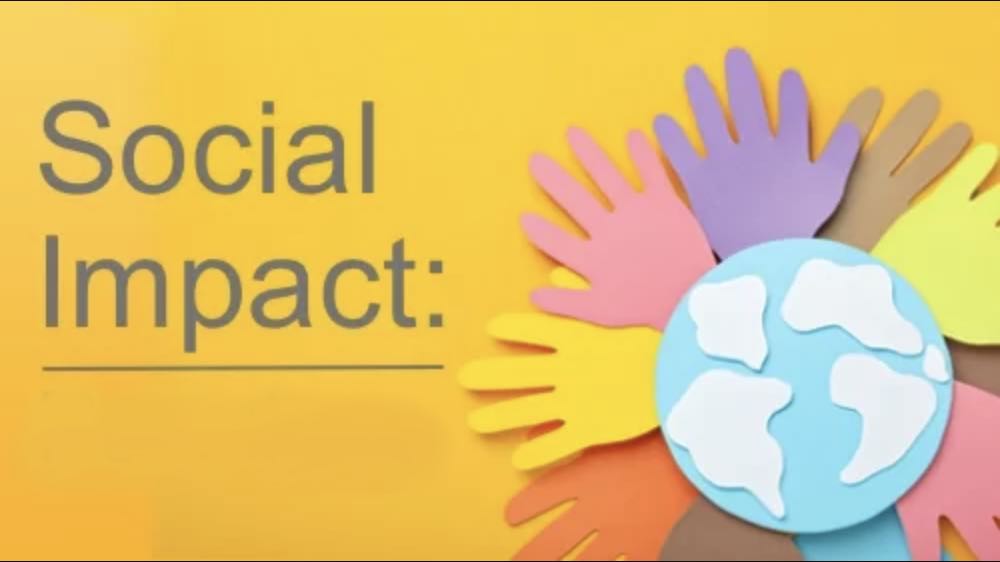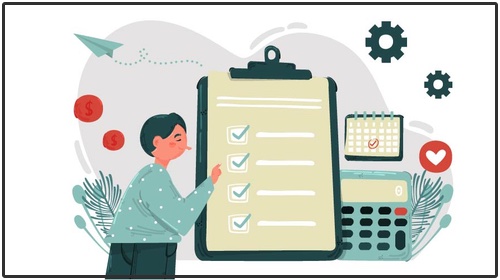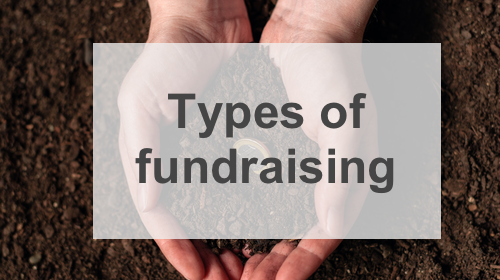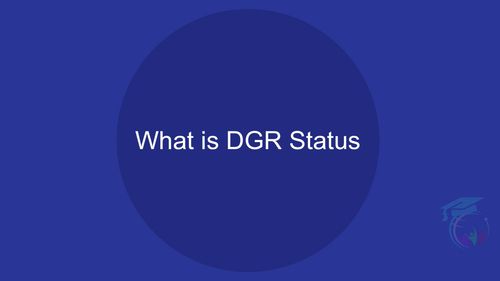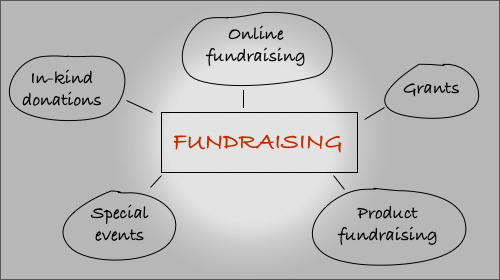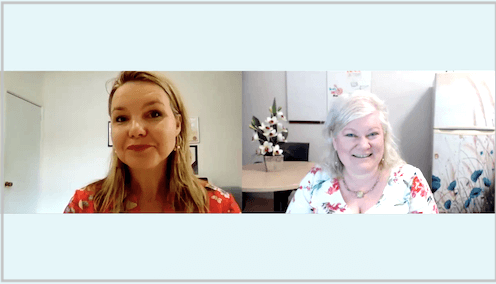Fundraising Risks for Community and Not-for-Profit Organisations
Better fundraising leads to better outcomes. Help your not-for-profit use good standards of accountability and governance
Authored by: iClick2Learn Team
Translate Text
Table of Contents
Community Organizations and Not-for-Profits: Managing Fundraising Risks
For many not-for-profit organisations, fundraising has a big impact on both their reputation and efficacy. The way your organisation conducts fundraising influences public perception and determines public trust.
Good fundraising practice is a key governance responsibility. Today, we will examine some fundraising risks for community and not-for-profit organisations in Australia. We will also discuss how a risk management framework can improve every aspect of your fundraising activities.
Common Not-For-Profit Fundraising Risks
Not-for-Profits benefit society. These organisations accomplish important work that not only enriches Australia but the entire globe. For an NFP organisation to maintain public trust and an honorable reputation, its fundraising efforts must be impeccable.
There are various risks with NFP fundraising:
- Financial fraud
- Mismanagement of funds
- Weak governance of fundraising activity
- Failure to protect and account for funds raised
- Erosion of public trust and confidence due to fundraising practices
Minimizing and managing these fundraising risks is critical. Failure to do so can harm your NFP’s reputation and cause you to be overlooked for future investments.
Fundraising risk management can help your NFP keep good standards of accountability and governance. Transparency and accountability in the NFP sector help charities and other NFPs stay successful and reputable.
Not-For-Profit Fundraising Risk Checklist
A risk management framework is essential for your NFP. Referencing your checklist can help your organisation avoid disreputable or illegal fundraising activity. With a strong framework in place, your NFP can establish itself as a sound investment and avoid potential disasters.
Step 1: Identify the range of risks associated with your fundraising activities. Risks might include fraud, poor oversight and governance, or mismanagement of donated funds.
Step 2: Determine the importance, impact, and likelihood of each fundraising risk. A spreadsheet helps document this step.
Step 3: Decide on at least one strategy for managing each risk. Assign responsibility, so you know exactly who is accountable for each risk.
Step 4: Create a consistent reporting process. Take time to regularly re-assess and revise your risks and strategies whenever necessary.
Step 5: Develop an auditing procedure to ensure the effectiveness and relevance of your risk management framework.
Having a risk management framework in place can help your NFP avoid common pitfalls and minimize fundraising risks. With a little additional planning and management, you can look forward to successful, reputable fundraising activities.
You can download your helpful risk management templates here.
NFP Fundraising Risks
A fundraising risk management framework helps manage and minimize risk. It also establishes clear accountability and ownership. This plan helps maintain the public’s confidence and trust, an important asset for any NFP.
With your fundraising risk management framework in place, you can comply with the law and meet community expectations. As a result, your NFP will conduct successful fundraising activities. This practice not only strengthens your relationship with the community but also expands your NFP’s positive impact.
Related posts
Developing a Fundraising Plan
Create a Sponsorship Plan
Social Impact
Approving Your Budget
Deductible Gift Recipients Status [Course]
Fundraising Risks for Registered Charities
Donor Personas
Fundraising and the Law
Types of Fundraising
Get Sponsors to Say Yes
What is DGR status?
Fundraising for Your Service
Great Tips on how to Approach a Funding Pitch
- Tags | Fundraising



